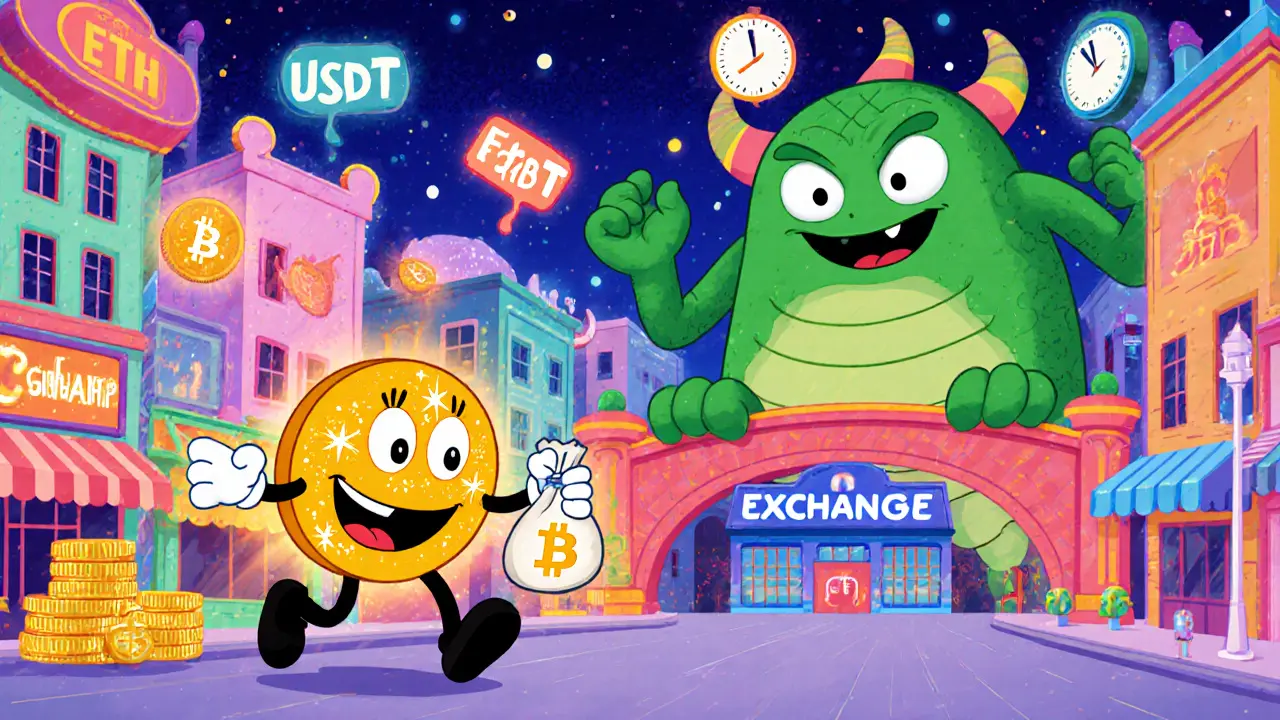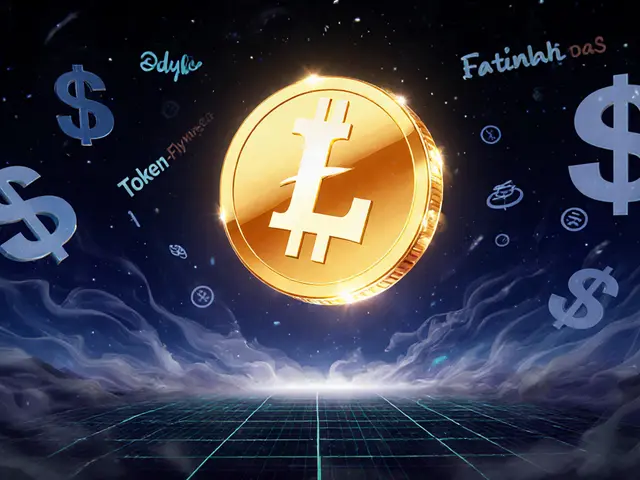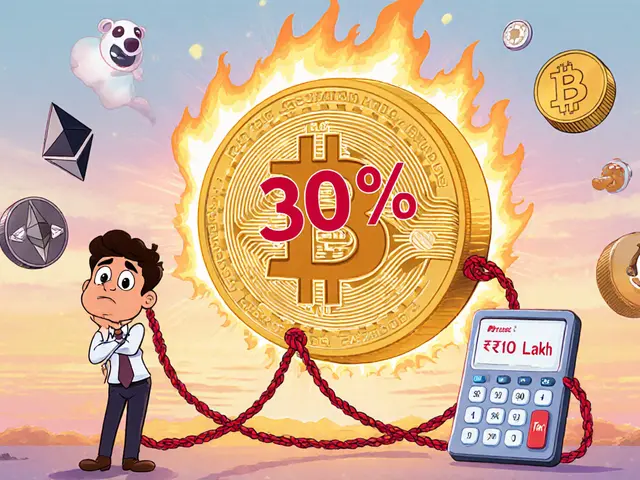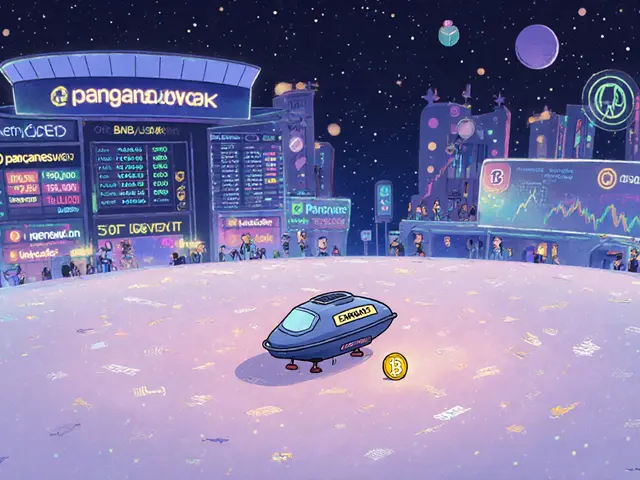Trading pairs define how arbitrage works in crypto markets. Learn how exchange, triangular, and DeFi arbitrage exploit price gaps between asset pairs-and why most traders fail to profit.
Decentralized Finance: What It Is, How It Works, and What You Need to Know
When you hear decentralized finance, a system that lets people lend, borrow, and trade without banks or middlemen using blockchain technology. Also known as DeFi, it’s not about fancy apps or viral tokens—it’s about taking control of your money. If you’ve ever used a crypto exchange or earned interest on your coins, you’ve already touched DeFi. No bank account? No problem. Just a wallet and an internet connection.
DeFi runs on decentralized exchanges, platforms like Uniswap or SushiSwap where trades happen directly between users without a central company holding your funds. Also known as DEXs, they’re the backbone of DeFi. Unlike traditional exchanges, they don’t ask for your ID, freeze your account, or charge hidden fees. They just execute trades using smart contracts—code that runs automatically when conditions are met. Then there’s yield farming, the practice of locking up crypto to earn more crypto, often through lending or providing liquidity to trading pools. Also known as liquidity mining, it’s how people make returns without selling their coins. But it’s not magic. High rewards often mean high risk, and many projects fail fast. That’s why knowing the difference between a real DeFi protocol and a rug pull matters more than ever.
DeFi isn’t just about making money—it’s about transparency. Every transaction is on the blockchain. You can see who holds what, how much liquidity exists, and whether a project’s code has been audited. That’s why posts here cover everything from DeFi tax rules to why a DEX with zero volume is a red flag. You’ll find real breakdowns of platforms like DeepBook Protocol and Baryon Network—not marketing fluff. You’ll learn how airdrops tied to CoinMarketCap actually work, and why most of them are over before you hear about them. You’ll see how yield farming rewards are taxed, how consensus mechanisms shape security, and why some tokens like DAISY or ELMON vanished overnight.
There’s no hype here. Just facts. If a project doesn’t have users, updates, or clear documentation, we say so. If a token has no liquidity, we tell you. If an airdrop is fake, we call it out. This collection exists because DeFi isn’t for everyone—but if you’re serious about understanding it, you need to know what’s real and what’s just noise. Below, you’ll find guides that cut through the clutter and show you exactly what to look for—and what to avoid.





